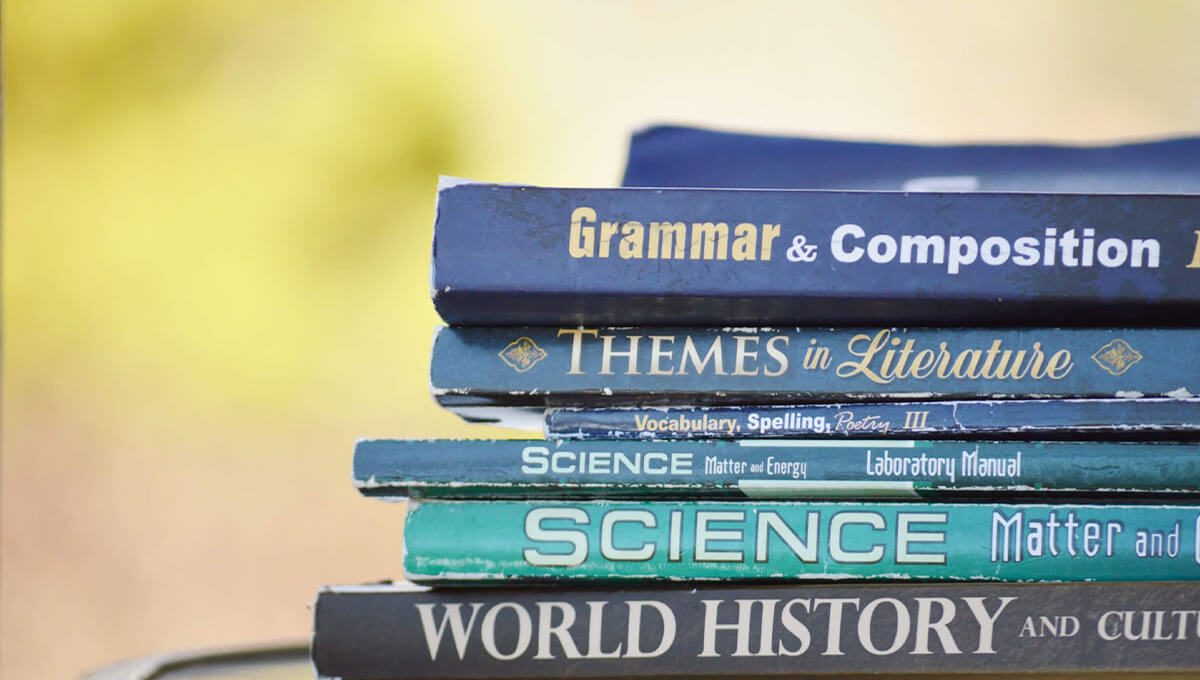Here are several key aspects to consider:
1. Art as a Medium for Learning:
- Expressive Learning: Art allows students to express their thoughts and emotions, making learning more personal and meaningful. It can be a powerful tool for exploring complex subjects, such as history or science, through creative projects.
- Interdisciplinary Approaches: Integrating art into various subjects encourages interdisciplinary learning. For example, students can create visual representations of scientific concepts or use storytelling in literature to explore historical events.
2. Creativity in Problem Solving:
- Design Thinking: This approach emphasizes empathy, ideation, and prototyping, encouraging students to tackle real-world problems creatively. It fosters a mindset that values innovation and experimentation.
- Critical Thinking: Engaging in artistic processes helps develop critical thinking skills. Students learn to analyze, evaluate, and synthesize information, which is essential for creative problem-solving.
3. Technology as a Catalyst:
- Digital Art Tools: Software and applications for graphic design, animation, and music production provide students with new avenues for creative expression. These tools can enhance traditional art forms and introduce new mediums.
- Online Platforms: Websites and social media platforms allow students to share their work with a global audience, receive feedback, and collaborate with peers. This connectivity fosters a sense of community and encourages artistic growth.
4. Access and Equity:
- Democratization of Art: Technology has made art more accessible. Students can learn from online tutorials, participate in virtual workshops, and access a wealth of resources regardless of their location or background.
- Addressing Disparities: While technology can bridge gaps, it can also exacerbate inequalities. Ensuring equitable access to digital tools and resources is crucial for fostering creativity in all students.
5. Personalized Learning Experiences:
- Tailored Creative Pathways: Technology enables personalized learning experiences, allowing students to pursue their artistic interests at their own pace. Adaptive learning platforms can provide customized feedback and resources based on individual progress.
- Student-Centered Learning: By incorporating student interests and passions into the curriculum, educators can create more engaging and relevant learning experiences that inspire creativity.
6. Collaboration and Community:
- Collaborative Projects: Technology facilitates collaboration among students, teachers, and artists. Virtual platforms can host group projects, allowing students to work together on creative endeavors regardless of geographical barriers.
- Mentorship Opportunities: Online communities and networks can connect students with professional artists and educators, providing mentorship and guidance that can enhance their creative development.
7. Future Skills Development:
- 21st Century Skills: The integration of art and creativity in education helps students develop essential skills for the future, such as adaptability, communication, and collaboration. These skills are increasingly important in a rapidly changing job market.
- Lifelong Learning: Encouraging creativity through art fosters a mindset of lifelong learning, where students are motivated to explore new ideas and continuously develop their skills.
8. Challenges and Considerations:
- Balancing Technology and Traditional Methods: While technology offers many benefits, it is essential to maintain a balance with traditional art forms and hands-on experiences that foster tactile skills and personal connection.
- Curriculum Integration: Effectively integrating art and creativity into the curriculum requires thoughtful planning and professional development for educators to ensure they are equipped to guide students in these areas.
In conclusion, the intersection of art, creativity, and education is enriched by technology, which provides new tools and opportunities for expression and collaboration. As we look to the future of learning, it is essential to embrace these changes while addressing challenges to ensure that all students can benefit from a creative and engaging educational experience.









